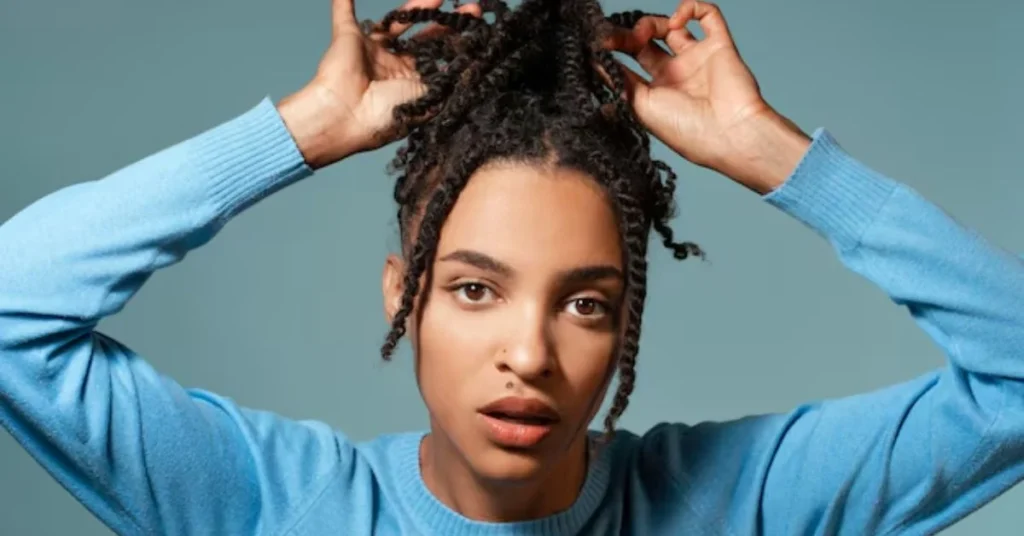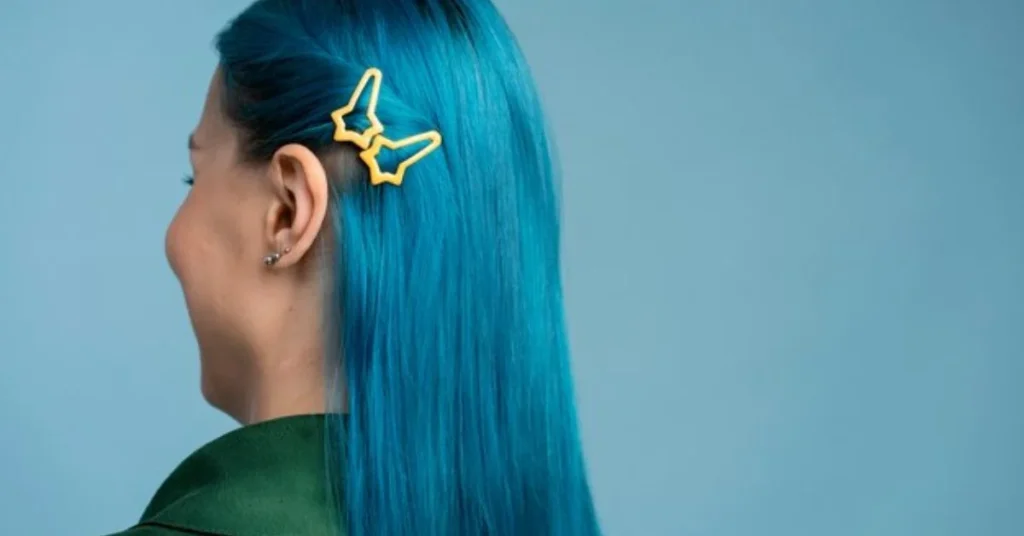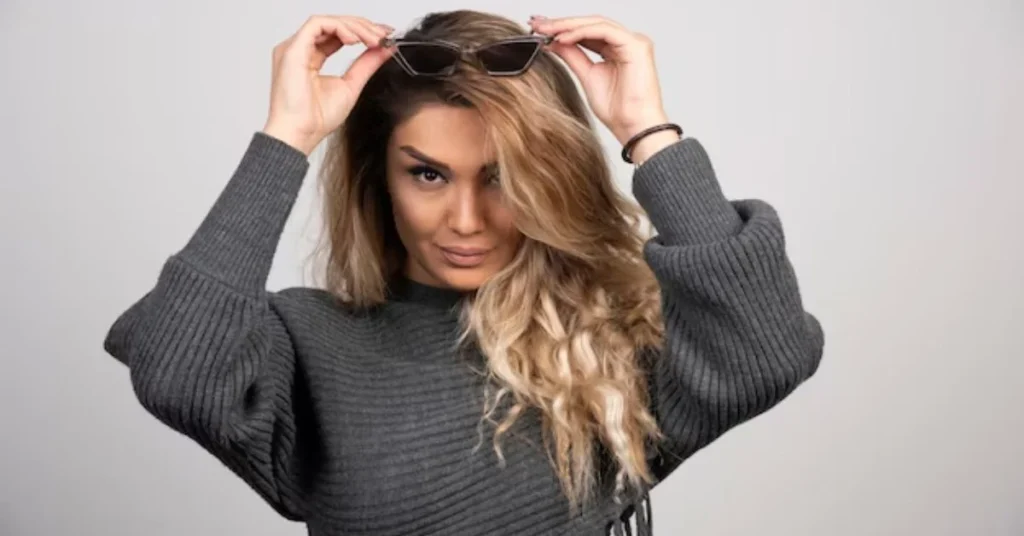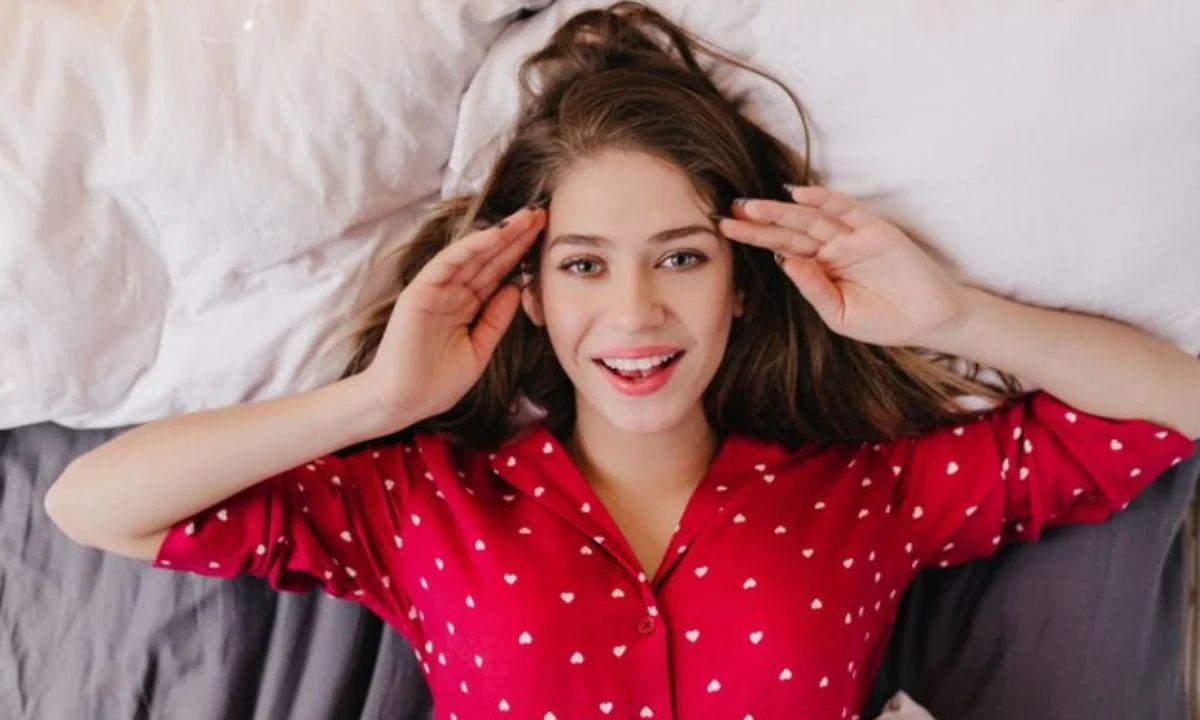When it comes to keeping your hair healthy and damage-free, protective hairstyles for sleeping are essential. Many people focus on daytime hair care routines but overlook the importance of nighttime protection. By adopting the right protective hairstyles, you can minimize friction, reduce breakage, and wake up with hair that’s smoother and healthier. In this article, we’ll explore the best protective hairstyles for sleeping, how they benefit your hair, and some tips to keep your locks in top shape.
Why Are Protective Hairstyles for Sleeping Important?
Protective hairstyles help shield your hair from friction, tangling, and breakage that often occur while sleeping. The fabric of your pillowcase, the way you sleep, and even tossing and turning can all lead to hair damage over time. By opting for specific protective styles, you’re reducing strain on your hair strands, preserving moisture, and making your morning hair routine easier.
Must read ASOIAF Hairstyles
Top Protective Hairstyles for Sleeping
The best protective hairstyles for sleeping work to minimize breakage, prevent knots, and keep your hair manageable. Here are some styles that are easy to do and perfect for overnight protection.
Loose Braids
Loose braids are an excellent option for preventing tangling and breakage. By braiding your hair loosely, you reduce tension on the roots and strands while still keeping the hair secure. You can create one or two loose braids, depending on your hair length and texture.
Pineapple Updo
The “pineapple” is a popular protective hairstyle, especially for those with curly or coily hair. To achieve this, gather all your hair at the crown of your head and secure it with a soft, fabric-covered hair tie. This style lifts your curls away from the pillow, preventing flattening and frizz.
Twists
Twists are an easy and effective way to keep your hair protected overnight. Whether you opt for two-strand twists or flat twists, this style helps prevent tangling and allows for more manageable hair in the morning. Plus, it locks in moisture, especially when combined with a satin bonnet or pillowcase.
Bantu Knots
Bantu knots are a great option for anyone looking to protect their hair while also maintaining a curly style. To create this look, section your hair and twist each section into small, coiled buns. This style keeps your hair from tangling and adds definition to curls overnight.
Low Bun
A low, loose bun is another protective hairstyle for sleeping that works well for all hair types. This style keeps your hair off your face and reduces the risk of breakage by minimizing friction with your pillowcase. Make sure the bun isn’t too tight to avoid pulling on the hair.

How to Prepare Your Hair Before Sleeping
Protective hairstyles are only part of the equation when it comes to maintaining healthy hair overnight. Proper hair preparation is just as important. Here’s how to set your hair up for success before bed.
Moisturize Your Hair
Keeping your hair moisturized is key to preventing breakage and dryness. Before creating your protective hairstyle for sleeping, apply a leave-in conditioner or hair oil to lock in moisture. This step is particularly important for those with textured or curly hair.
Use a Satin or Silk Pillowcase
Cotton pillowcases can cause friction and absorb moisture from your hair, leading to dryness and breakage. Using a satin or silk pillowcase reduces friction and helps your hair retain its natural oils, even if you don’t wear a protective hairstyle every night.
Secure with a Satin Bonnet or Scarf
In addition to your chosen hairstyle, covering your hair with a satin bonnet or scarf provides an extra layer of protection. These accessories help prevent tangling, reduce friction, and lock in moisture while you sleep.
Choosing the Best Protective Hairstyles for Different Hair Types
Not all protective hairstyles work equally well for every hair type. It’s important to select the right style based on your hair’s texture and needs.
Protective Hairstyles for Curly Hair
For curly hair, styles like the pineapple updo or twists are ideal. These styles keep curls defined and prevent them from flattening or frizzing overnight. Loose braids and Bantu knots are also effective in protecting curls while maintaining their shape.

Protective Hairstyles for Straight Hair
Those with straight hair can benefit from loose braids or a low bun. These styles prevent tangling and keep your hair sleek without creating waves or curls. If you’re looking for a more natural look, a single braid is a simple and effective choice.
Protective Hairstyles for Coily Hair
Coily hair tends to be more delicate and prone to breakage, so protective hairstyles are especially important. Styles like twists, Bantu knots, or a pineapple updo work well in preserving moisture and preventing tangling. Combining these styles with a satin bonnet or scarf is highly recommended for extra protection.
Common Mistakes to Avoid with Protective Hairstyles for Sleeping
While protective hairstyles can greatly benefit your hair, there are some common mistakes people make that could do more harm than good. Here are a few to watch out for.
Tying Hair Too Tight
It’s important to avoid pulling your hair too tight when creating protective styles. Tension on the scalp can lead to breakage, hair loss, and damage to your hairline. Always ensure your hairstyle is secure but loose enough to avoid strain.
Skipping the Moisturizing Step
Moisturizing your hair before bed is crucial, especially when using protective styles. Dry hair is more prone to breakage, so applying a leave-in conditioner or oil is an important step to ensure your hair stays hydrated overnight.
Using Harsh Hair Ties
Elastic or rough hair ties can damage your hair, particularly if used every night. Opt for fabric-covered or satin hair ties to minimize friction and reduce the risk of breakage.
Benefits of Protective Hairstyles
There are many advantages to using protective hairstyles for sleeping beyond just reducing breakage. Here are some key benefits that make these styles worth incorporating into your routine.
Minimizes Tangling
Sleeping with your hair loose can lead to knots and tangles, especially for longer hair or textured hair types. Protective styles keep the hair secure and reduce the risk of morning tangles, making it easier to manage.
Retains Moisture
By locking in moisture, protective hairstyles prevent dryness, which is a common issue caused by friction with pillowcases. This is particularly helpful for textured hair, which tends to lose moisture more easily.
Prevents Breakage
One of the primary benefits of protective hairstyles is their ability to prevent breakage. By minimizing friction, tension, and exposure to harsh pillowcase materials, these styles help preserve the health of your hair.
Conclusion
Incorporating protective hairstyles for sleeping into your nightly routine is one of the easiest and most effective ways to keep your hair healthy. Whether you’re dealing with curls, straight strands, or coily locks, there’s a protective hairstyle that will work for you. By minimizing friction, retaining moisture, and preventing breakage, these styles make sure you wake up with smoother, more manageable hair every morning. Give these styles a try, and your hair will thank you!
If you want to read more information then go to this site.

Can I use protective hairstyles if I have short hair?
Yes, protective hairstyles can be adapted for short hair. Simple styles like mini braids, twists, or a low bun can provide the necessary protection.
How often should I wear protective hairstyles at night?
For best results, it’s recommended to use protective hairstyles every night. This ensures that your hair remains protected from breakage and dryness on a consistent basis.
Can I skip the satin bonnet if I use a protective hairstyle?
While a protective hairstyle is helpful, using a satin bonnet or pillowcase adds an extra layer of protection. It’s best to combine the two for optimal results.
Will protective hairstyles for sleeping affect my morning hairstyle?
Depending on the style, protective hairstyles can actually enhance your morning look by reducing frizz and tangling. Some styles, like twists or Bantu knots, may even create defined curls.
Are protective hairstyles good for all hair types?
Yes, protective hairstyles can benefit all hair types. Whether you have curly, straight, or coily hair, these styles help reduce damage and preserve hair health.
